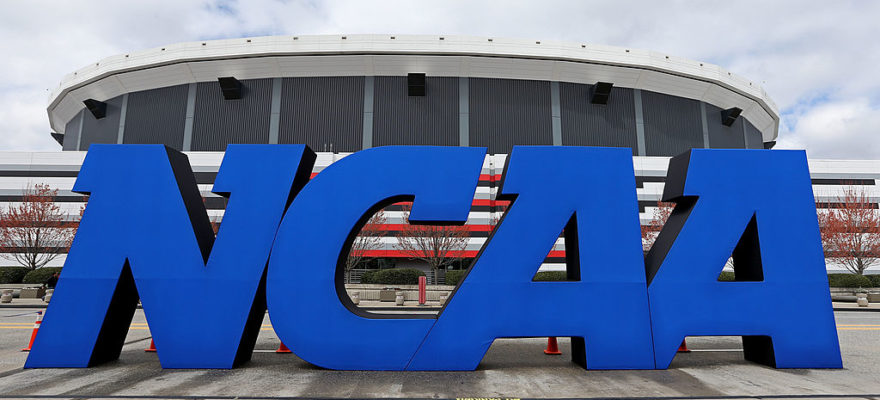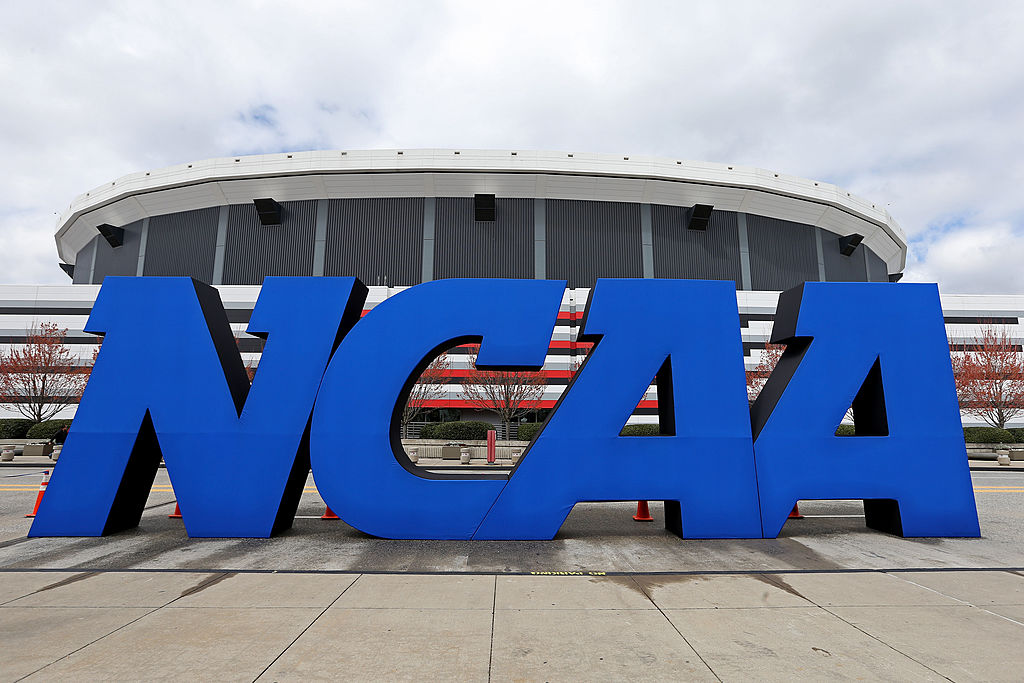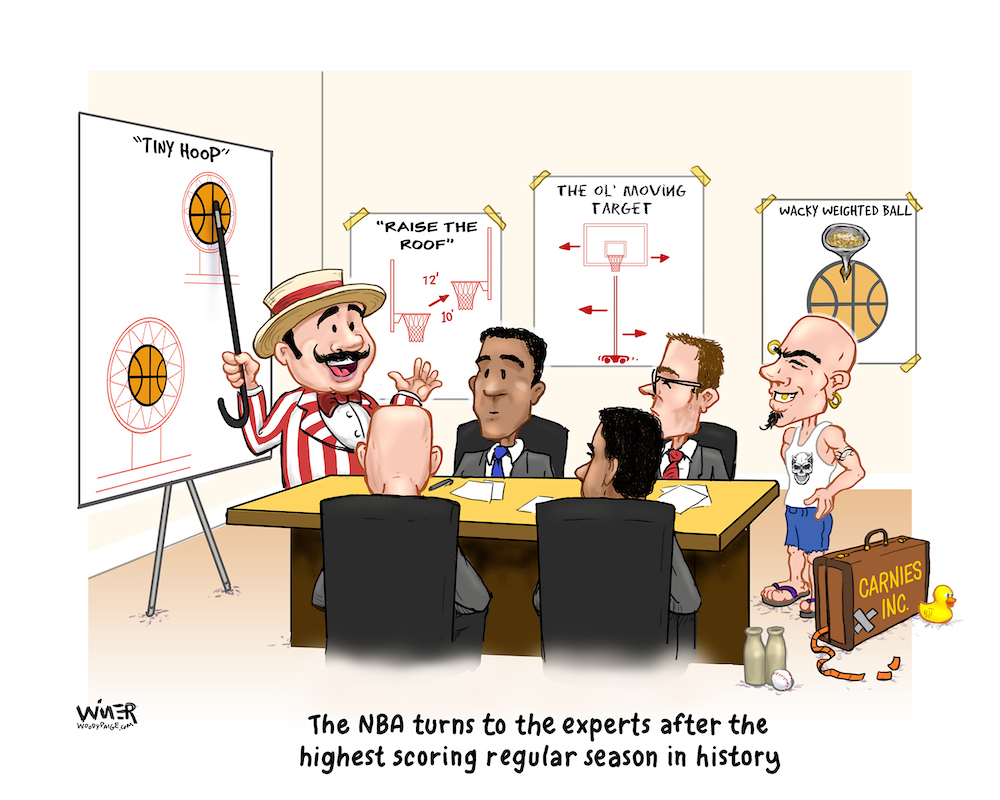Follow Mark on Twitter/X @markknudson41
When you settle a lawsuit for almost $3 billion – that’s billion with a B – there are a lot of losers.
So who is the biggest loser from the NCAA’s $2.8 billion settlement in the “House v NCAA” anti-trust lawsuit?
It’s not the Power Five schools, who will each have to fork over about $3 mil over the next decade. They can handle that. It’s not the NCAA, who because they’re on the hook for so much money will likely not get dissolved like many have predicted. And it’s not the schools who will now have to pay athletes directly – as much as $20 mil per season in total – in compensation. They’ll find a way to do that, too.

The biggest losers are the non-revenue sports. Their collective days are now numbered.
When this agreement becomes final, presumably in time for the 2025 school year, athletic departments will have a sort of salary cap. Right it stands at about $20 mil/year, which equates to about 22% of revenues for the big schools. These figures take into account ALL the student athletes at a particular school, not just the football and basketball players. And that percentage figures to be challenged in court at some point, given that professional athlete counterparts in football and basketball get a far greater percentage of revenue they help generate.
How schools pay which athletes will be up to the individual schools. This is where it gets very interesting.
For discussion purposes, let’s just say that an athletic department has 500 varsity student athletes. That means the $20 mil can get divided up somehow among 500 students. Football players will likely get a lot more, based on the amount of money college football generates per school. Basketball after that. Maybe at some places Volleyball makes money. Baseball at some places as well. But those sports whose operating costs (including scholarships) are way higher than anything they help bring in? These are non-revenue sport varsity athletes. Will they get anything at all?
Then what if schools begin getting forced to pay non-revenue sport athletes (specifically if Title IX is dragged into this…and it likely will be) then what?
Simple. Schools are going to start to get rid of the non-revenue generating sports. You can’t be forced to spend money on sports – and student-athletes – that you don’t have.
“Get rid” in this case means turning sports like baseball (at most places), golf, soccer, etc into “club” sports on campus. “Club” sport athletes aren’t under the umbrella of the athletic department (they’re part of the recreation departments) and don’t give out scholarships (and aren’t subject to Title IX guidelines.)
Quite to the contrary. Club sport athletes have to pay their own way in order to participate.
It’s already happened all over the country, where club sports have replaced varsity sports like baseball, lacrosse, soccer and hockey on dozens and dozens of college campuses. It’s very easy to see non-revenue generating sports like tennis, golf, wrestling and many more becoming club sports at all NCAA member schools who find themselves needing to spend their salary cap dollars on football and basketball players in order to keep up.
Plus, the money saved by not fielding a field hockey team can go back into the coffers and be used to pay that school’s share of the lawsuit damages.
The NCAA is making a lot of changes and adjustments these days. Keep an eye out for the moment when they change the requirement for schools to field teams in 14 varsity sports in order to remain eligible to compete in postseason events. Once that happens, non-revenue sports will be going the way of the dinosaurs.
That will make losers out of all of college athletics.
More from The Woody Paige Sports Network:
- Woody Paige: That time I played blackjack with Michael Jordan in Monte Carlo
- Woody Paige: A tribute to the legendary John Madden
- Watching and Learning from the great Nolan Ryan
- Woody Paige: It’s time for the Monfort family to sell the Colorado Rockies
- Don’t bet on Nick Saban being done with College Football



















